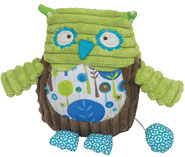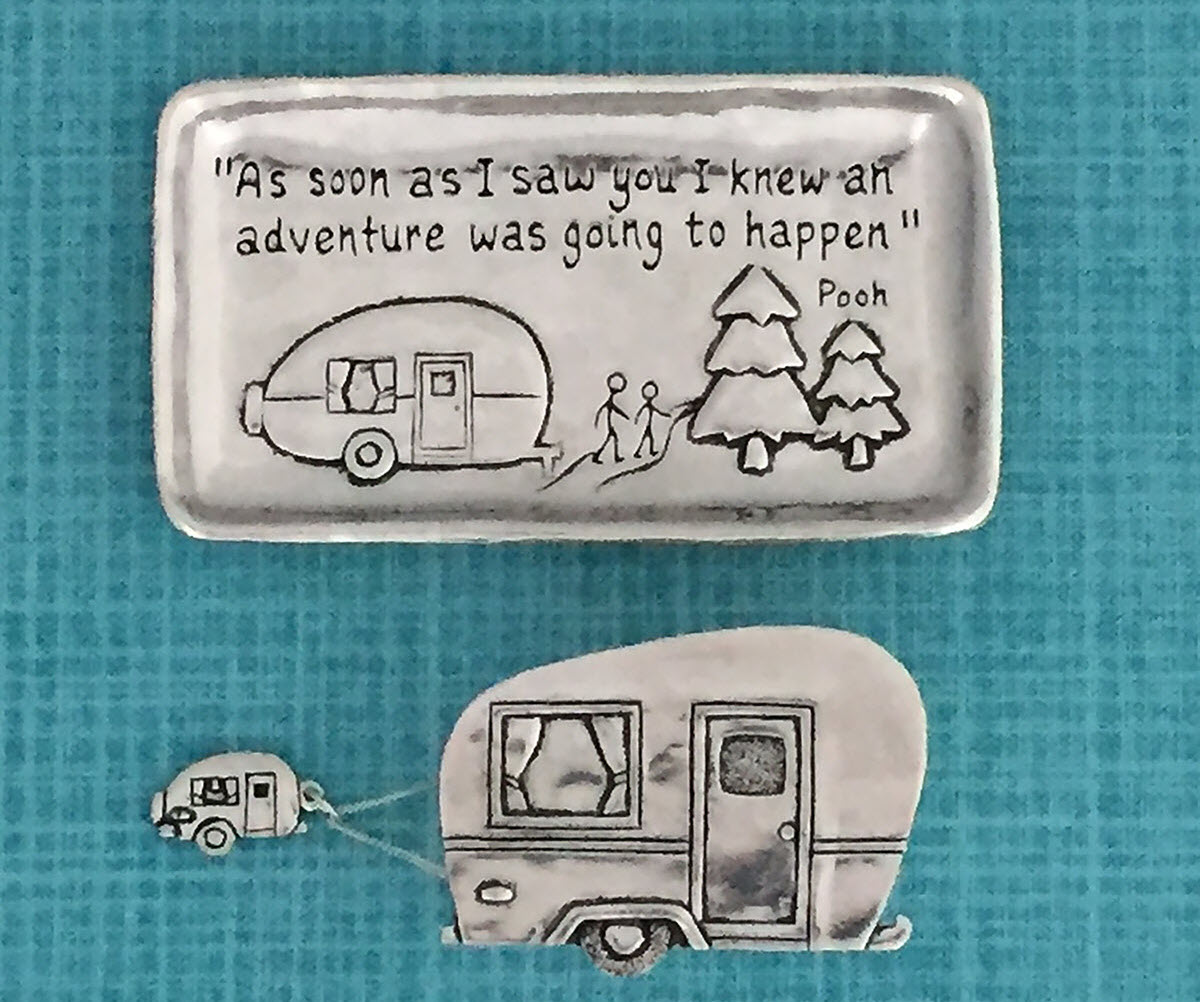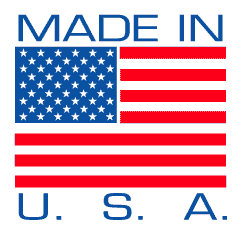
Many storeowners have discovered that fun merchandise can truly enhance their shop’s bottom line. Whether they have an in-store baby boutique, a devoted children’s section or displays that incorporate toys and games for grownups, retailers are benefiting from the young-at-heart. At a time when technology can almost be overwhelming, consumers have expressed a renewed interest in both simple and innovative playthings.
“People may not come out and say it, but you can tell that with all of these electronic gaming systems and cell phones, there are many adults and younger people who want a stuffed animal. Even if it’s not mechanical, they want it because it’s comforting,” remarks Steve Swickard who co-owns Estes Ark in Estes Park, Colorado, with wife, Susan.
Vendors agree that the yearning for such comforting items is real. “Not to knock electronics, because we all have them, but many electronics have a specific purpose, and with these kinds of toys, you are talking about the whole idea of open-ended play,” observes Barbara Rainville, co-owner with founder, Michael Rainville, of game, puzzle and giftware supplier Maple Landmark in Middlebury, Vermont. Rainville says parents and grandparents turn to these imagination-based playthings because they don’t want their child plugged in 24/7, and they also appreciate the idea of buying locally.
Adds Donna Sucilsky, president of puzzle maker Tucker-Jones House, Inc., in East Setauket, New York: “I think consumers understand that there is something to be said for quality things that are made by hand. Entertainment is different now than what it used to be, but kids still like to pick up a puzzle because it’s tactile and it’s not on a screen. You don’t have to recharge it, and it doesn’t break.”
Specialty toy and game manufacturers seem to have struck a nerve with nostalgic products that sell well at independent stores looking to differentiate themselves from gadget-laden big box stores. “We do a lot of surveying of customers, and people are saying, ‘We’re tired of junk, of plastic things around the house.’ They want something beautiful and something that will last,” says Kate Motley, marketing maven for wood toy company Tegu, which produces a variety of blocks fashioned from Honduran mahogany.
Blocks aren’t the only old-fashioned toys that are finding a thoroughly modern audience in specialty stores across the country. Take, for instance, the humble rubber duck, fashioned in a traditional but appealing way by toy and gift maker Rich Frog Industries, Inc., of Winooski, Vermont. “Luckily, there are some constant things in our crazy world, and rubber ducks are one of them,” says director of business development Suzie Quinn.
Puppets are another example of what’s old is new. “Our category has enjoyed a resurgence of attention as folks really want to get back in touch with the simpler and better times,” says Elaine Kollias, marketing director for Folkmanis, Inc., in Emeryville, California. “Puppets are great for family time as well as quiet time, and of course, half of our customers are adults. But the wonderful thing about our puppets is that when you are finished playing, they look like stuffed animals and they’re really beautiful to look at.”
Likewise, a puzzle is a toy with a twist that retailers can merchandise as much for its quality as its fun factor. Marshall Gavin, executive vice president of B. Dazzle, Inc., in Redondo Beach, California, says that the company’s Scramble Squares are available in 140 original designs and are popular gifts for kids as well as adults and senior citizens. “It’s a fun product for everyone—it’s beautiful, informational, made in the U.S.A. and can be played as a solitary or cooperative game,” he declares.
Today’s shoppers not only embrace sentiment in toys and games, but they also look for other attributes, such as the educational aspect. “We look for good quality and items that are made as close to home as possible, but also something that engages thought and interaction,” says Judy Angvall, owner of Angvall Hardware and Mercantile in Lester Prairie, Minnesota. Angvall says her store does especially well with children’s books.
Meanwhile, as consumers’ interest in natural and eco-friendly products grows, that trend is reflected in various toys and games. Quinn, for instance, says Rich Frog’s newest toys made from natural rubber have caught on quickly. “The natural latex toys are very cute, great for teething and painted with natural dyes,” she says. “People are really looking for products like that.”
One can’t discount the appeal of domestically produced merchandise, either. “When a customer walks in the store, they ask the question, ‘Is this made in the U.S.?’ That’s where the retailer really has the leg up over their competitors because they can say yes,” comments Rainville.
In addition to the one-of-a-kind factor, the toy and game industry has fared well in the recent economic climate because of the products’ competitive price point. Scramble Squares, for instance, retail for $8.95, while the new line of Folkmanis “make your own puppet” kits are sold at under $15 retail. Indeed, many, if not most, toys and games retail for $25 or less.
Toys that appeal to babies and children also have a certain perennial quality. “Most of our products retail under $20, so it’s an easy buy. And no matter what the economy does, people continue to have babies,” points out Quinn.
Playing Around
Although successful merchandising is not child’s play, devising ways to display toys and games can be as fun as the products themselves. Here, a hands-on policy is often a good one. “We try to make sure stores have blocks out so customers can get a sense of what they can build with them and how they feel and look,” explains Tegu’s Motley.
Gavin, too, says that giving customers a chance to use Scramble Squares is a definite sales driver. His company provides a special merchandising display for stores that includes a playing surface and timer. “There are a couple of reasons for that. First, it draws business to the store, and secondly, when customers play with our puzzle, they can’t help but buy it,” he remarks.
Puppets can be merchandised in an interactive way, too. “I know most shopkeepers are too busy to play with puppets all day long, but if a customer is purchasing an item, they can pick up an appropriate puppet to break the ice and entertain them for simply a moment. Then a sale is usually made,” says Kollias. She adds that a teenager can be hired during high-traffic times to do such demos. “Not only will your puppet sales double, but it breathes life into your store and makes it look busier and fun.”
On the other hand, many games can simply be incorporated into general merchandise displays. Puzzles are one example, as are higher-end games and classic toys that might be displayed in a family room or office.
Kollias notes that puppets also can be showcased with a variety of displays. “Depending on the store’s product mix, our puppets will sell great interspersed, or cross-merchandised with other products. Some obvious ideas include pairing them with books, cookware, decor or floral,” she remarks. Gavin, too, says that puzzles that are used by adults, as well as kids, are often better mixed in with other merchandise and also positioned for impulse sales.
In the end, adding toys and games to a store’s inventory reaps another kind of reward. As Quinn points out, “That’s the nice thing about being in this business—people smile.”
Lynn Petrak is a freelance writer in La Grange, Illinois.
RESOURCES
B. Dazzle, Inc.
800-809-4242
www.b-dazzle.com
Folkmanis, Inc.
800-654-8922
www.folkmanis.com
Maple Landmark
802-388-0627
www.maplelandmark.com
Rich Frog Industries, Inc.
802-865-9225
www.richfrog.com
Tegu
877-TEGU-TOY
www.tegu.com
Tucker-Jones House, Inc.
800-992-9883
www.tavernpuzzle.com









